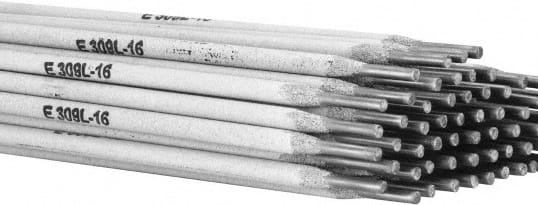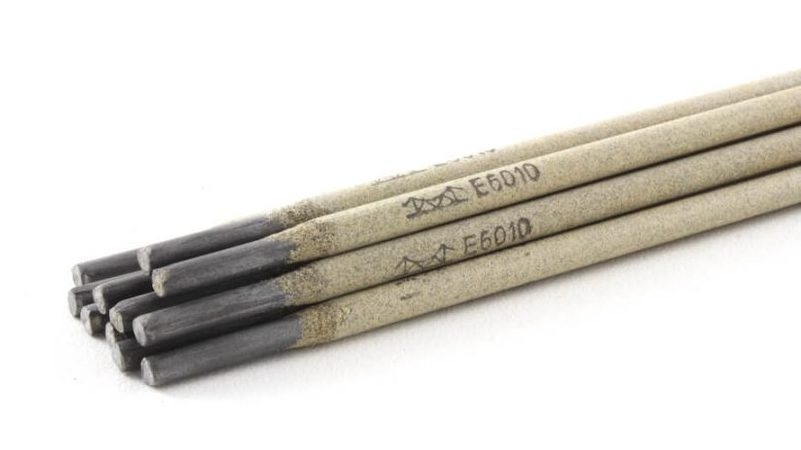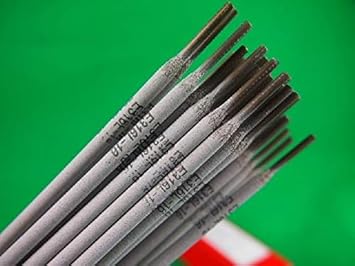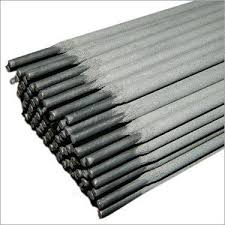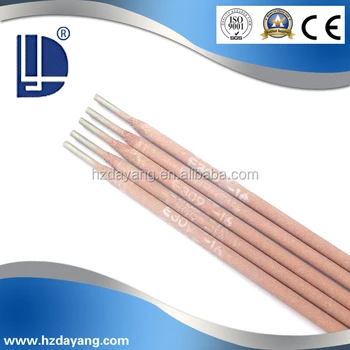Stainless Steel Electrodes Resist Corrosion

Bipolar electrochemistry produces a quasi linear potential gradient along the interface of a bipolar electrode bpe resulting in access to full spectrum of anodic to cathodic electrochemical reactions this technique can be applied to assess corrosion properties of stainless steels by using a simple experimental setup which is also designed for high throughput.
Stainless steel electrodes resist corrosion. Highly suitable for applications require corrosion resistance against intergranular corrosion. Suitable for welding of aisi 347 aisi 321. Welding of stainless steels 1 0 introduction stainless steels are defined as iron base alloys which contain at least 10 5 chromium. More specifically there are.
Also it is suitable for welding of boiler and gas turbines and for welding of unstabilised stainless steel of aisi 301 302 304 and 308 grades and equivalent steels. Sion potentialofthe metalsin contact. The more chromium that is added the more stable the passive layer becomes and the better the corrosion resistance. Hence there is usually a corrosion hazard for the partner material.
Weld metal deposit has excellent creep strength and is of radiographic quality. The emphasis on corrosion resistance is important due in large part to the varying types of environments in which the end products are used. Let s start with a basic rule of thumb which says the higher the chromium levels contained within the stainless steel the more corrosion resistant the product. Re drying temperature is 300 c for 1 hr.
The specific on horizontal fillet welds electrodes with application will determine the most critical characteristic resulting in the selection of the specific grade. Many a manufacturer has ordered a stainless steel part or basket only to find that their stainless steel has started to show signs of rust and or other problems within a few days or. Although stainless steel is widely known for resisting corrosion it isn t completely impervious to corrosion. Stainless steel has the more positive corro 1accelerated corrosion of a metal due to the effect of a corrosion ele ment.
Resistant to stress corrosion cracking chemical corrosion cracking at temperature up to 850 c. Under the right or is that wrong circumstances stainless steel alloys can become corroded. Other elements such as nickel manganese and molybdenum can be added to enhance stainless steel corrosion resistance. There are five types of stainless steels depending on the other.
Other factors include concentration elements aeration elements and active passive elements. The thin but dense chromium oxide film which forms on the surface of a stainless steel provides corrosion resistance and prevents further oxidation. As an example austenitic stainless steel is chosen for its corrosion resistance and mechanical properties.

